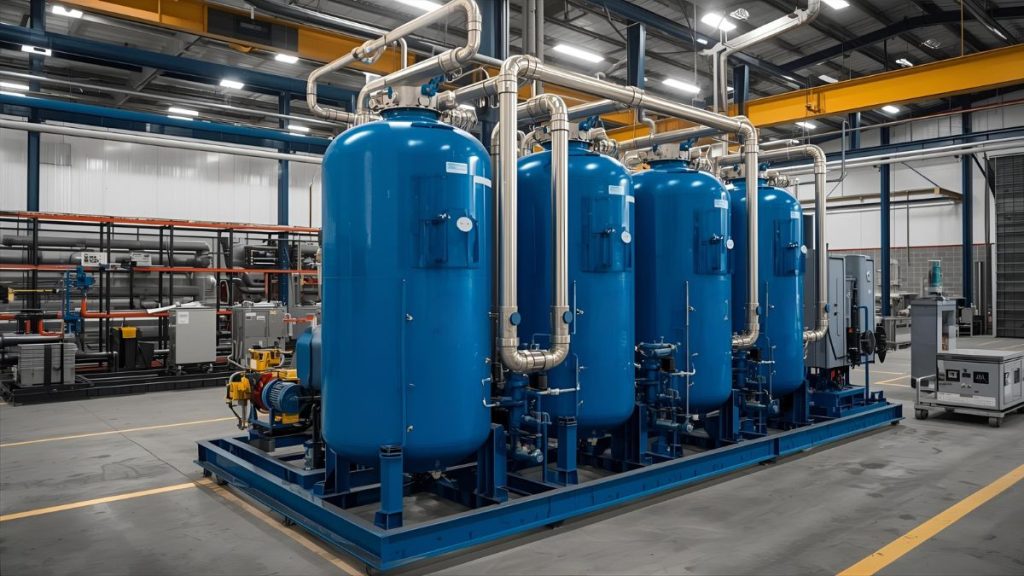In water treatment, understanding the difference between cation and anion ion exchange resins is crucial for selecting the right type for a specific application. Choosing the wrong resin can lead to inefficiency, higher costs, and even damage to your system.
These resins are essential for removing unwanted ions from water to achieve the desired purity level, and they are widely used across various industries, including power generation, pharmaceuticals, food and beverage, electronics manufacturing, and municipal water supply.
The Difference Between Cation and Anion Ion Exchange Resin
While both cation and anion resins are designed to exchange ions in water, they differ fundamentally in the type of ions they target and their chemical structure.
Definition of Cation Ion Exchange Resin
A cation resin is engineered to remove positively charged ions (cations) from water. Common cations include calcium (Ca²⁺), magnesium (Mg²⁺), sodium (Na⁺), and iron (Fe²⁺/Fe³⁺). These resins are typically made from a polystyrene-divinylbenzene (PS-DVB) matrix with sulfonic acid functional groups (-SO₃H) that allow them to exchange hydrogen (H⁺) or sodium (Na⁺) ions for the cations present in water.
When water passes through the cation resin, the resin’s functional groups attract and bind the cations in the water, replacing them with harmless ions such as H⁺ or Na⁺.
In a water softening system, cation resin replaces calcium and magnesium ions (responsible for hardness) with sodium ions.
Read Also: 6 Common Ion Exchange System Problems and Troubleshoot
Definition of Anion Ion Exchange Resin
An anion resin targets negatively charged ions (anions) such as chloride (Cl⁻), sulfate (SO₄²⁻), nitrate (NO₃⁻), and bicarbonate (HCO₃⁻). The resin matrix is similar to cation resin but contains quaternary ammonium functional groups (-N⁺(CH₃)₃) capable of exchanging hydroxide (OH⁻) ions with anions in the water.
When water flows through the anion resin, it exchanges the anions in the water with OH⁻ ions. In deionization systems, these OH⁻ ions combine with H⁺ ions from the cation resin stage to form pure water (H₂O).
In a deionization unit, anion resin removes chloride and sulfate ions to produce ultra-pure water.
Key Differences
| Aspect | Cation Ion Exchange Resin | Anion Ion Exchange Resin |
| Target Ions | Positively charged (Ca²⁺, Mg²⁺, Na⁺, Fe²⁺) | Negatively charged (Cl⁻, SO₄²⁻, NO₃⁻, HCO₃⁻) |
| Functional Group | Sulfonic acid (-SO₃H) | Quaternary ammonium (-N⁺(CH₃)₃) |
| Ion Exchanged | H⁺ or Na⁺ | OH⁻ |
| Common Use | Water softening, hardness removal | Deionization, nitrate removal |
| pH Impact | Can reduce alkalinity | Can increase pH slightly in some cases |
Applications of Cation and Anion Ion Exchange Resin
Understanding the difference between cation anion ion exchange resin also means recognizing that each has distinct applications in various industries.
Cation Resin Applications
- Water Softening: Replacing calcium and magnesium ions to prevent scale formation in boilers, cooling towers, and piping.
- Deionization (First Stage): Removing cations before water passes to anion resin.
- Demineralization in Power Plants: Ensuring feedwater for boilers is free from hardness minerals.
- Heavy Metal Removal: Capturing positively charged contaminants like lead or copper.
Anion Resin Applications
- Deionization (Second Stage): Removing remaining anions after cation resin stage to produce high-purity water.
- Nitrate Removal: Treating well water with high nitrate concentrations for safe consumption.
- Color and Organic Removal: Used in sugar refining, food processing, and pharmaceuticals.
- Wastewater Treatment: Removing harmful anionic pollutants before discharge.
Mixed-Bed Applications
Sometimes, both cation and anion resins are combined in a mixed-bed system for final polishing in ultrapure water production. This is common in electronics manufacturing and laboratories where water purity must reach resistivity levels of 18.2 MΩ·cm.
Read Also: Ion Exchange in Water Treatment: How it Works and Its Advantages
How to Choose the Right Ion Exchange Resin
Choosing between cation and anion resin, or deciding the right combination, depends on multiple factors.
1. Determine Water Quality and Contaminants
Conduct a comprehensive water analysis to identify the types and concentrations of ions present.
- If the main issue is hardness (Ca²⁺, Mg²⁺) → Cation Resin is essential.
- If the issue involves chlorides, sulfates, or nitrates → Anion Resin is required.
2. Define End-Use Water Requirements
- Industrial Boilers: Require both cation and anion resins for demineralization.
- Food & Beverage: Often need high-purity water free from both cations and anions.
- Municipal Supply: May require selective resins for specific contaminant removal.
3. Select Resin Type and Grade
There are variations within each resin category:
- Strong Acid Cation (SAC) vs Weak Acid Cation (WAC)
- Strong Base Anion (SBA) vs Weak Base Anion (WBA)
Each has different regeneration methods, capacity, and pH tolerance. For example, SAC resins are more versatile, while WAC resins are more efficient for specific alkalinity removal.
Read Also: Ion Exchange Resin: An Effective Solution for High-Quality Water Treatment
4. Consider Regeneration and Maintenance
Cation resins are typically regenerated with salt (NaCl) or acid (HCl), while anion resins are regenerated with caustic soda (NaOH). Ensure regeneration chemicals are available and safe for your operation.
5. Consult with Water Treatment Experts
Due to the complexity of water chemistry, working with experienced professionals ensures you choose a resin that matches both your water quality and operational requirements.
Conclusion
The difference between cation anion ion exchange resin lies in the type of ions they remove, cations for positively charged contaminants and anions for negatively charged ones. Both play essential roles in achieving high-quality water for various applications, from industrial processes to safe drinking water production.
Selecting the right resin requires a detailed understanding of water chemistry, end-use requirements, and system design. Partnering with a trusted expert like Lautan Air Indonesia ensures you not only get the right product but also the technical support and services necessary for long-term success.
Whether you require cation resin, anion resin, or a custom mixed-bed system, we offer:
- Comprehensive Water Testing to determine the exact contaminants and recommend the best resin type.
- Wide Selection of Resins from leading global manufacturers, ensuring consistent performance and long lifespan.
- On-Site Technical Support to troubleshoot and optimize your water treatment operations.
We understand that every water treatment challenge is unique. That’s why our team provides customized solutions, backed by technical expertise and reliable service.
Contact Lautan Air Indonesia today to discover how our cation and anion ion exchange solutions can help you achieve your water quality goals efficiently.



